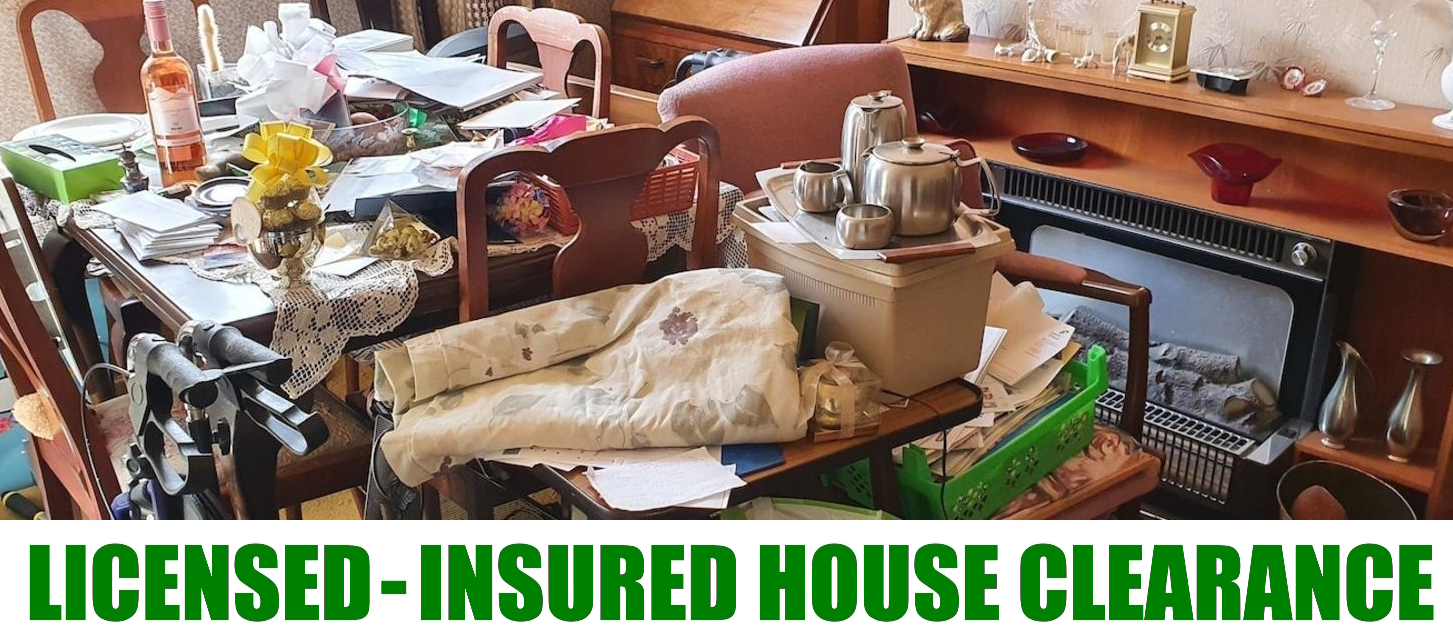Overcoming compulsive hoarding can be a challenging process, but treatment can help individuals to manage their hoarding behaviors and improve their quality of life. Some tips for overcoming compulsive hoarding include:
- Seek help: It can be helpful to seek the assistance of a mental health professional, such as a psychologist or therapist, who can help to identify the underlying causes of hoarding behavior and develop a treatment plan.
- Set goals: Work with a mental health professional or a trusted friend or family member to set specific, achievable goals for reducing clutter and organizing possessions.
- Start small: It can be overwhelming to try to tackle a large hoard all at once. Instead, try to focus on one small area at a time and gradually work your way through the rest of the space.
- Sort through possessions: Go through your possessions and sort them into categories, such as keep, donate, sell, or throw away. It can be helpful to enlist the help of a trusted friend or family member to provide support and offer a fresh perspective.
- Create a system: Develop a system for organizing and storing possessions to help you maintain a clutter-free space. This might involve using storage containers, labeling items, or setting aside designated areas for specific types of possessions.
- Practice self-care: It’s important to take care of yourself during the process of overcoming hoarding. Make sure to eat well, get enough sleep, and engage in activities that you enjoy to help reduce stress and improve your overall well-being.
It’s important to be patient and persistent in the process of overcoming compulsive hoarding. It may take time and effort to change deeply ingrained habits, but with the right support and treatment, it is possible to manage hoarding behaviors and improve your quality of life.




